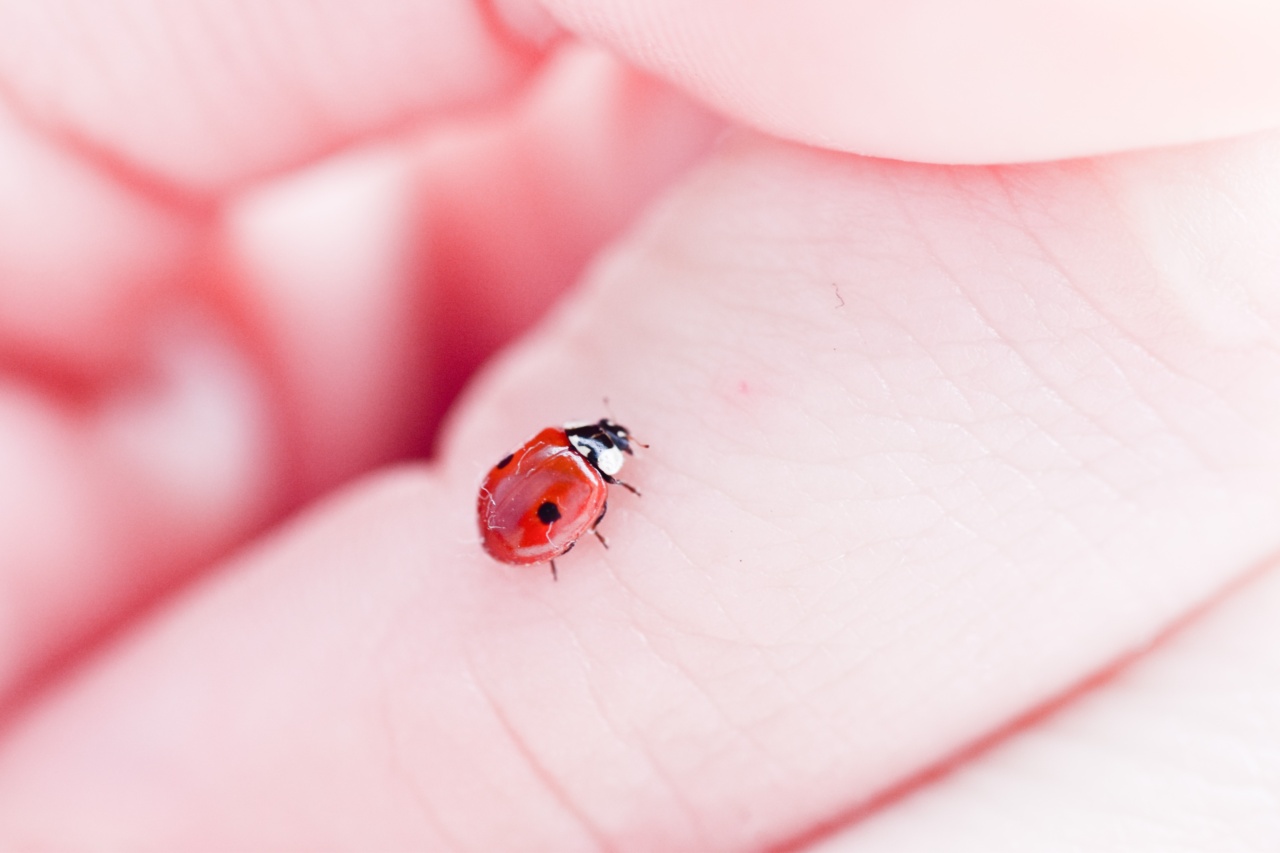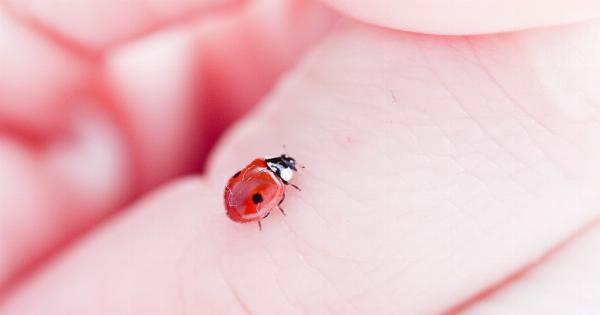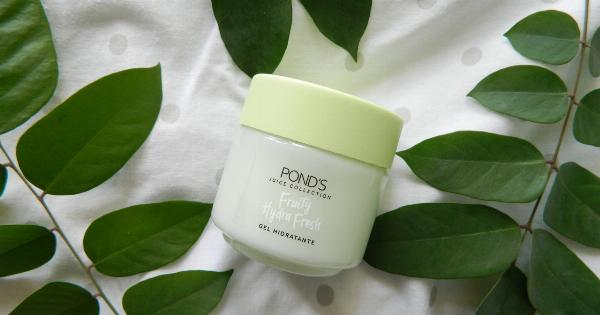If you have oily skin, you know the struggle of dealing with black spots, acne, and constant shine on your face. Oily skin can also increase the risk of clogged pores, breakouts, and overall discomfort.
Fortunately, there are a few tips and tricks you can implement in your daily skincare routine to banish black spots and get relief for oily skin.
1. Cleanse Your Face Twice Daily
Cleansing your face twice daily is one of the most important tips when it comes to oily skin. Use a gentle cleanser that is free of harsh chemicals and sulfates.
2. Use Oil-Free Moisturizers
Oil-free moisturizers can help keep your skin hydrated without adding extra oil. Look for moisturizers that are lightweight and easily absorbent into the skin.
3. Apply a Clay Mask Weekly
Clay masks can help absorb excess oil and reduce the appearance of black spots. Apply a clay mask once a week to help unclog pores and reveal smoother, clearer skin.
4. Exfoliate Weekly
Exfoliating can help remove dead skin cells and unclog pores. Use a gentle exfoliator once a week to keep your skin looking bright and healthy.
5. Avoid Harsh Chemicals
Avoid using too many harsh chemicals on your skin as they can strip your skin of its natural oils and cause irritation. Look for gentle, natural ingredients to use in your skincare routine.
6. Use Lightweight Makeup Products
Use lightweight makeup products that are oil-free and non-comedogenic to prevent clogging your pores.
7. Blot Your Face Throughout the Day
Carry blotting sheets with you throughout the day to help remove excess oil and shine from your face. Avoid touching your face too much as it can transfer bacteria and oils from your hands onto your face.
8. Use a Toner Daily
Toners can help balance the pH level of your skin and prevent excess oil production. Use a toner daily after cleansing your face to keep your skin looking radiant and healthy.
9. Drink Plenty of Water
Drinking plenty of water can help flush out toxins from your body and keep your skin hydrated.
10. Eat a Healthy Diet
Eating a balanced diet rich in vitamins and nutrients can help improve the overall health of your skin. Avoiding processed foods and sugar can also reduce inflammation in your skin and prevent breakouts.
11. Use Sunscreen Daily
Protect your skin from harmful UV rays by using sunscreen daily. Look for a sunscreen that is lightweight and oil-free.
12. Don’t Skip Out on Sleep
Adequate sleep is essential for maintaining healthy skin. Lack of sleep can cause dehydration and increase the risk of breakouts.
13. Reduce Your Stress Level
Stress can cause an increase in oil production leading to breakouts and black spots. Find ways to reduce your stress level such as practicing yoga, meditation, or other relaxation techniques.
14. Don’t Overwash Your Skin
Overwashing your skin can strip it of its natural oils and cause irritation. Stick to washing your face twice daily.
15. Avoid Hot Showers and Baths
Hot water can cause your skin to dry out leading to more oil production. Stick to lukewarm water when taking showers or baths.
16. Use Non-Comedogenic Hair Products
Hair products can transfer oils onto your skin causing breakouts. Look for non-comedogenic hair products to prevent this from happening.
17. Wash Your Pillowcases Frequently
Pillowcases can accumulate oils and bacteria causing breakouts and black spots. Wash your pillowcases frequently to keep your skin clean and healthy.
18. Use Facial Wipes on the Go
Facial wipes can help remove excess oil and sweat from your face when you’re on the go. Look for facial wipes that are gentle and free of harsh chemicals.
19. Use a Humidifier in Your Home
A humidifier can help keep your skin hydrated and prevent excess oil production. Use a humidifier in your home during the winter months when the air is dry.
20. Don’t Pop Your Pimples
Popping pimples can cause scarring and spread bacteria onto your skin. Leave your pimples alone and let them heal naturally.
21. Use an Astringent on Your T-Zone
Your T-zone is more prone to oil production than other areas of your face. Use an astringent on your T-zone to help control oil production.
22. Use a Mattifying Primer
A mattifying primer can help keep your makeup in place and prevent excess oil production throughout the day.
23. Use Oil-Absorbing Sheets
Oil-absorbing sheets can help remove excess oil and shine from your face throughout the day without disturbing your makeup.
24. Use a Salicylic Acid Cleanser
Salicylic acid cleansers can help exfoliate your skin and prevent breakouts and black spots.
25. Use a Retinol Serum at Night
Retinol serums can help reduce the appearance of black spots and improve skin texture. Use a retinol serum at night for best results.
26. Don’t Use Overly Drying Products
Using overly drying products can actually cause your skin to produce more oil in response. Stick to gentle, hydrating products to keep your skin healthy.
27. Use a Tea Tree Oil Spot Treatment
Tea tree oil spot treatments can help dry out pimples and prevent breakouts.
28. Use a Vitamin C Serum in the Morning
Vitamin C serums can help brighten your skin and improve the overall health of your skin. Use a vitamin C serum in the morning for best results.
29. Apply Witch Hazel to Your Skin
Witch hazel can help reduce inflammation and prevent breakouts. Apply witch hazel to your skin using a cotton ball after cleansing your face.
30. Visit a Dermatologist
If you’re struggling with severe acne or black spots, it may be time to visit a dermatologist. A dermatologist can provide you with personalized advice and treatment options for your specific skin needs.


























